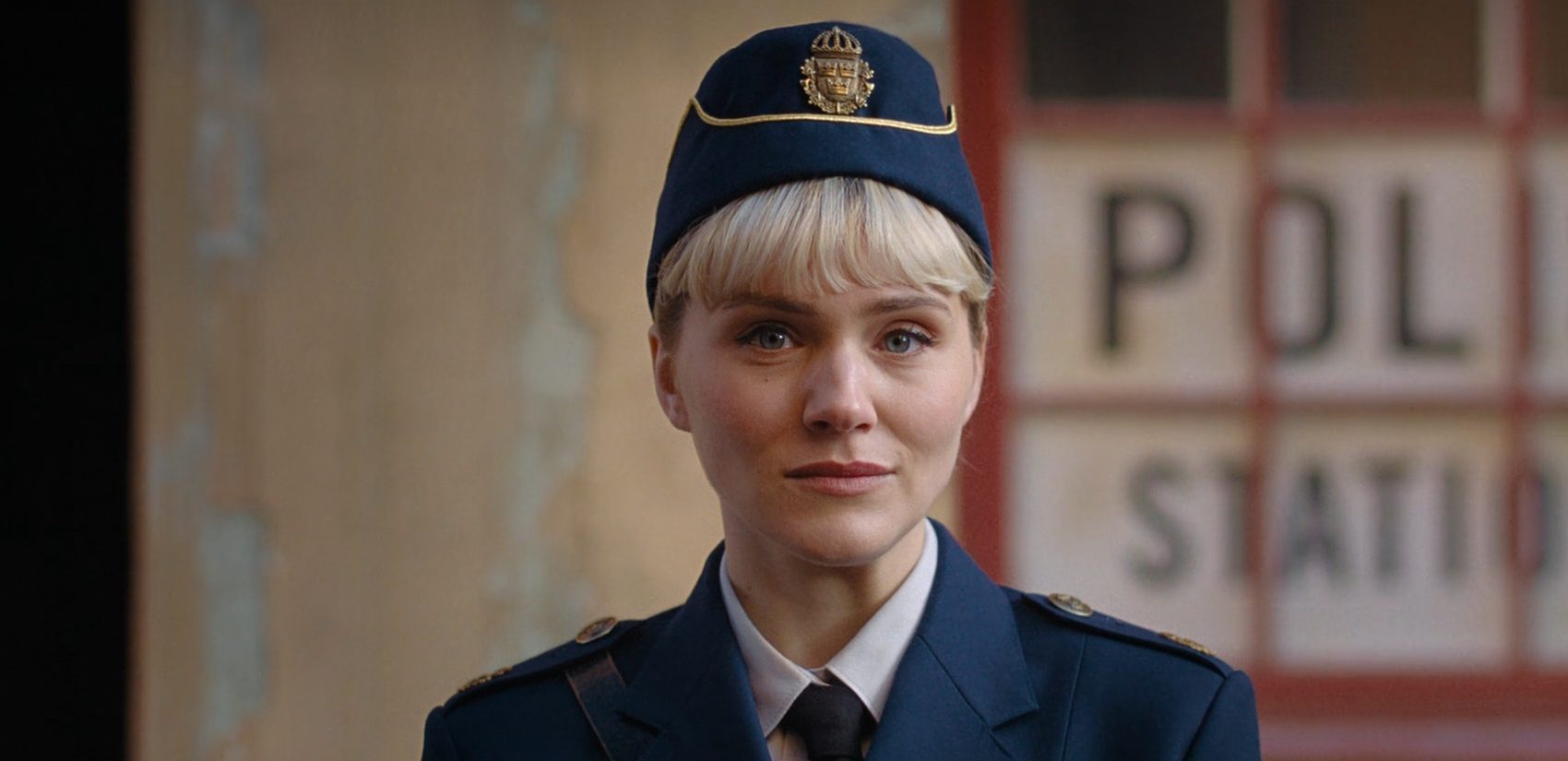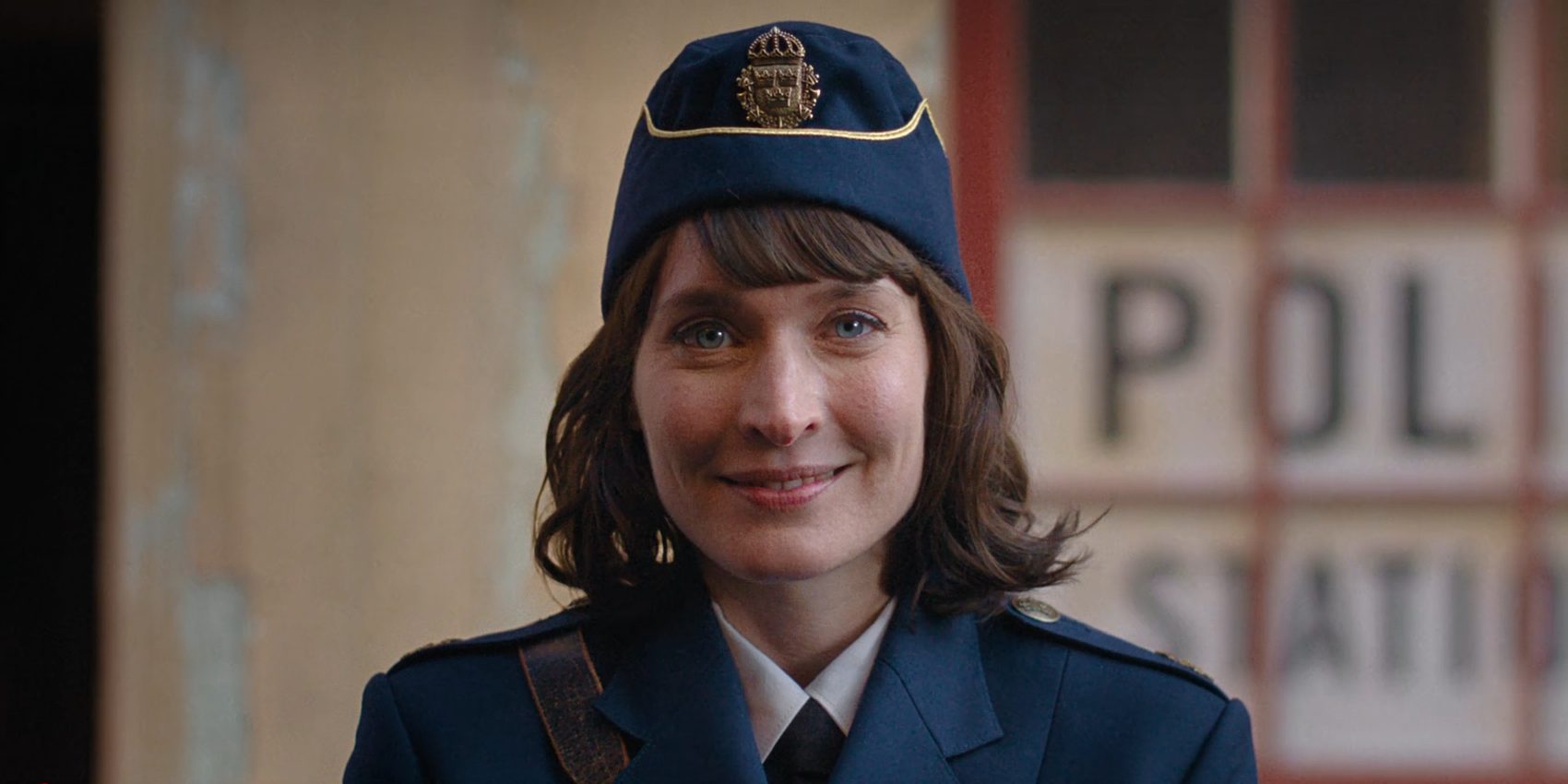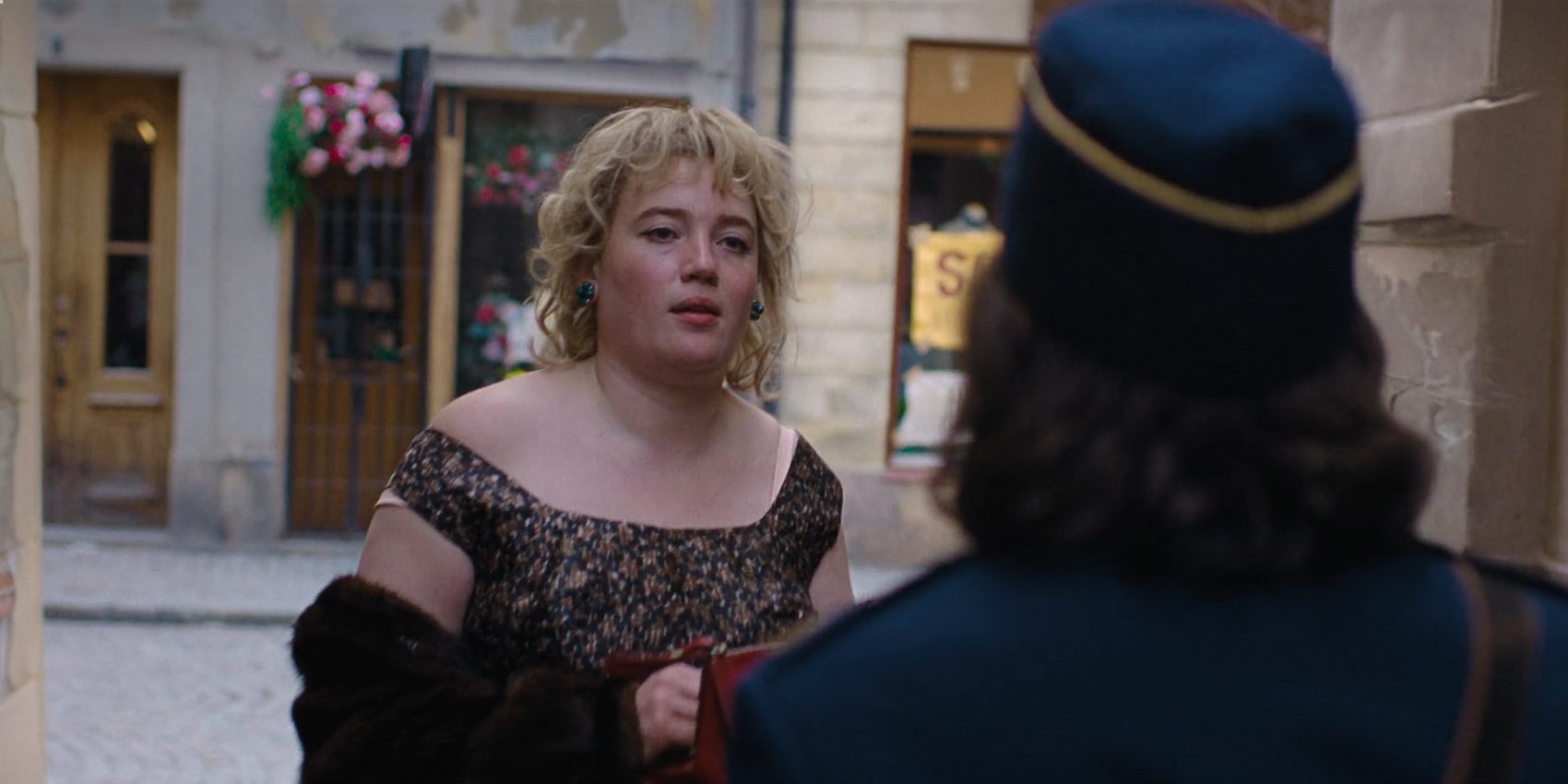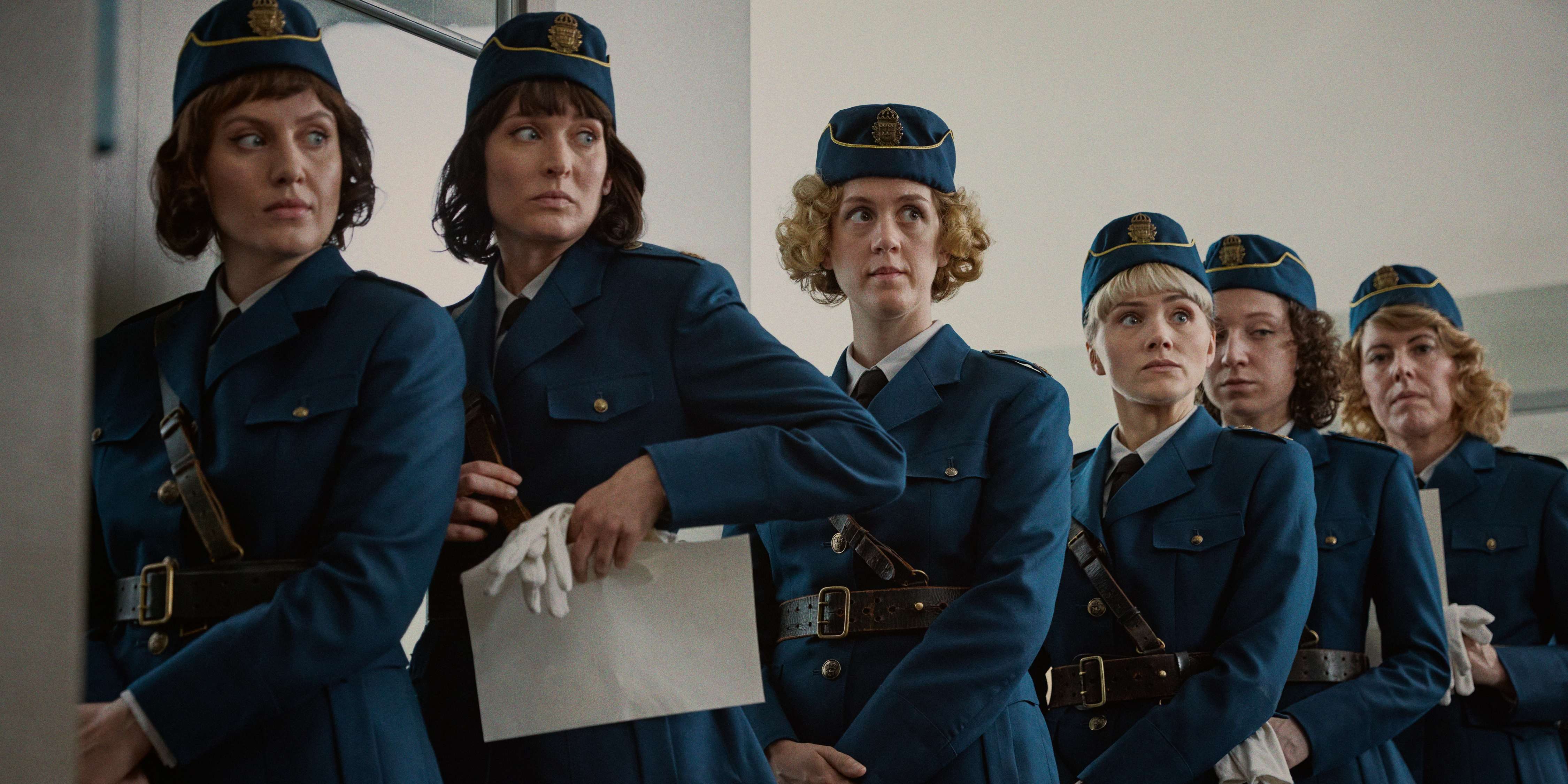Created by Patrik Ehrnst and Rojda Sekersöz, Netflix’s ‘The New Force’ or ‘Skiftet’ revolves around the lives of newly inducted female police officers in Stockholm in 1958. The Swedish drama series follows Carin, Siv, and Ingrid as they strive to overcome sexism, prejudice, and their own emotional struggles while being part of the country’s first cohort of female police officers. Despite their talents and willingness to learn new things, they often find themselves ridiculed or doubted by their male colleagues in the police force.
The media, too, wonders if women can indeed handle being part of a dangerous profession. When Carin crosses paths with a sex worker named Monica, she faces a challenge that tests her limits. Siv and Ingrid face their own challenges as they develop complex connections with their male colleagues. The show poignantly explores the concepts of gender justice and liberty, while also navigating the world of crime and secrecy. SPOILERS AHEAD.
The New Force is Partly Inspired by Events in Swedish History
‘The New Force,’ written by Patrik Ehrnst, Antonia Pyk, and Elin Randin, focuses on the lives of the new female police officers who try to fit into the male-dominated realm of law enforcement. The series is partially inspired by actual events in Sweden that involved women being inducted into the police force. While the main characters are not based on any specific real-life female police officers, they collectively reflect the challenges faced by women in Sweden during the time period in which the show is set. Carin, Siv, and Ingrid realize after joining the police force that survival is not easy, and that talking to prejudiced men is a different challenge altogether. The show represents the real struggles faced by women when they began patrolling the streets of Stockholm in the 1950s.

According to a 2025 report from Time, Stockholm first introduced women into the police force in 1908, and they were referred to as “police sisters.” The officers initially handled petty crimes in the city. However, during the 1930s, they were allowed to become part of bigger investigations, especially in cases related to sexual assault. Nonetheless, it was not until 1949 that women were admitted to the police academy for preparation and training. The show, despite being partly inspired by this reality, takes creative liberties with narrative techniques and also utilizes fictional characters to populate the narrative. In fact, one of the most consequential years for women in Sweden was 1954, during which female police officers were recognized by official titles within the police force and were no longer just referred to as “police sisters.”
The show’s opening credits reveal 1958 as the year when women officers began patrolling the streets of Stockholm. This is actually a historical fact, as Swedish female officers began to serve in the district of Klara. An interesting point to observe is that women were expected to wear skirts as officers, mainly to distinguish them from their male counterparts. Carin and her colleagues are subject to harassment and gaslighting from their male colleagues, who choose to trust their sense of superiority over facts and logic. Although the series doesn’t portray all men in the police force negatively, it offers relevant social commentary on how the gender divide operates in the world.

In an interview with the Swedish Herald, Josefin Asplund, who plays Carin in the show, stated that women had to endure a lot when they got inducted into the police force. She said, “The series is about young women with a drive and a will to make Stockholm better, and who at the same time are fighting for women’s rights, but also for human rights in general.” The idea of equality is not easily achieved, especially when there are issues of narrow-mindedness and presumptions about women’s abilities. The actress added, “To some extent, there is probably still a distrust of women in the police force, but it’s not nearly how it was in 1958.” Ultimately, though Swedish society and other regions in the world now have women playing a significant role in law enforcement, the show is a tribute to the brave women who took the first steps towards a brighter future.
Monica is a Fictional Sex Worker Who Battles Abuse
One of the most disturbing parts of the show is the story of Monica, a sex worker working for a dangerous pimp named Jack. She is first spotted by Carin on the streets when she notices the sex worker being harassed. Despite being a fictional character, Monica faces deadly threats that make her character feel grounded and close to reality. Monica reflects the reality of vulnerable women being misused by men in positions of power. Through Monica’s example, the series looks into the issue of how power dynamics in society can sometimes work against women. The theme of gender justice becomes particularly relevant here as it is tied directly to distribution of power in society. Monica’s character represents vulnerable sections of the society fighting for survival in a world where institutions tend to work against them.

In one of the scenes, she is unable to control her bleeding due to complications arising from a pregnancy. Later, her body is found in Klara Lake by Carin, who starts to obsess over her case. It is revealed that Monica is a victim of incestuous sexual abuse by her biological father. The show, through the experiences of Monica, conveys that abuse can be perpetrated even by the closest people. In conclusion, the show uses Monica’s example to highlight the dangers of a male-dominated society and to emphasize the importance of women standing up for their rights and liberties.
Read More: Where is Netflix’s The New Force Filmed?


